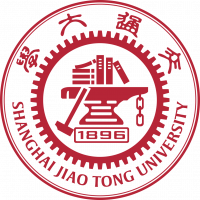Winter Thermal Environment and Thermal Performance of Rural Elderly Housing in Severe Cold Regions of China
2020
期刊
Sustainability
作者
Huibo Zhang
· Ya Chen
· Hiroshi Yoshino
· Jingchao Xie
· Zhendong Mao
· Jingwen Rui
· Jinfeng Zhang
下载全文
- 卷 12
- 期 11
- 页码 4543
- MDPI AG
- ISSN: 2071-1050
- DOI: 10.3390/su12114543
